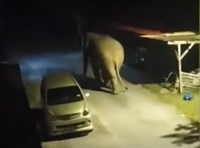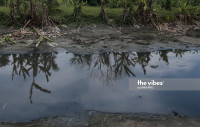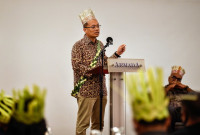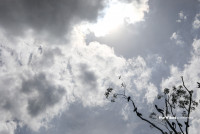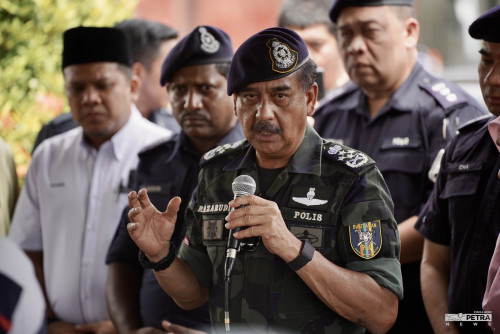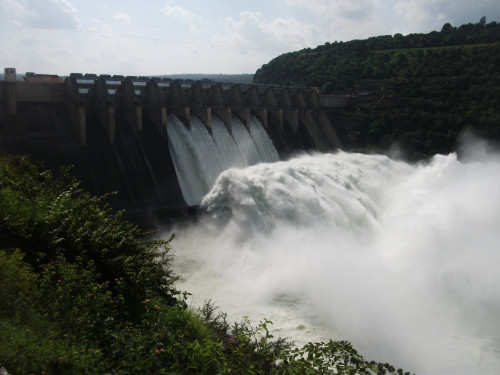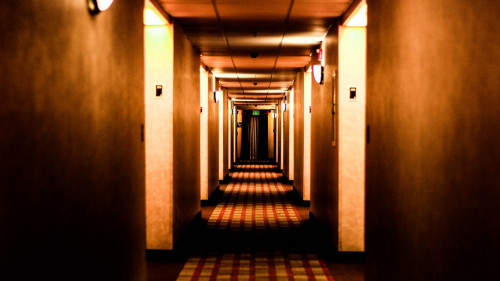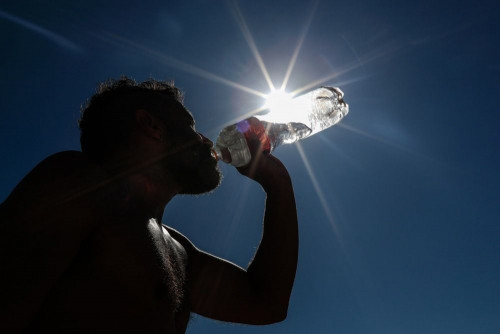PETER Ong is a man of many talents. One of the most versatile and sought-after stage performers in the region – performing operas, lieder recitals, orchestral concerts, and musical theatre productions – he has performed in major cities in Asia, Australia, Germany and the UK. His extensive resume includes roles in operas such as Don Giovanni, Die Zauberflöte, Carmen, Madama Butterfly, Amahl and The Night Visitors, and Turandot to name a few.
He has performed in premier halls including the Esplanade, Istana Budaya, and the Thai Cultural Centre, and has appeared in full scale musical productions as well as in concerts – most recently performing a Rogers & Hammerstein Gala Tribute with the acclaimed Malaysian Philharmonic Orchestra at the Dewan Filharmonik Petronas. But not only is he a recognisable figure on the stage, he is also a passionate wildlife photographer and activist.
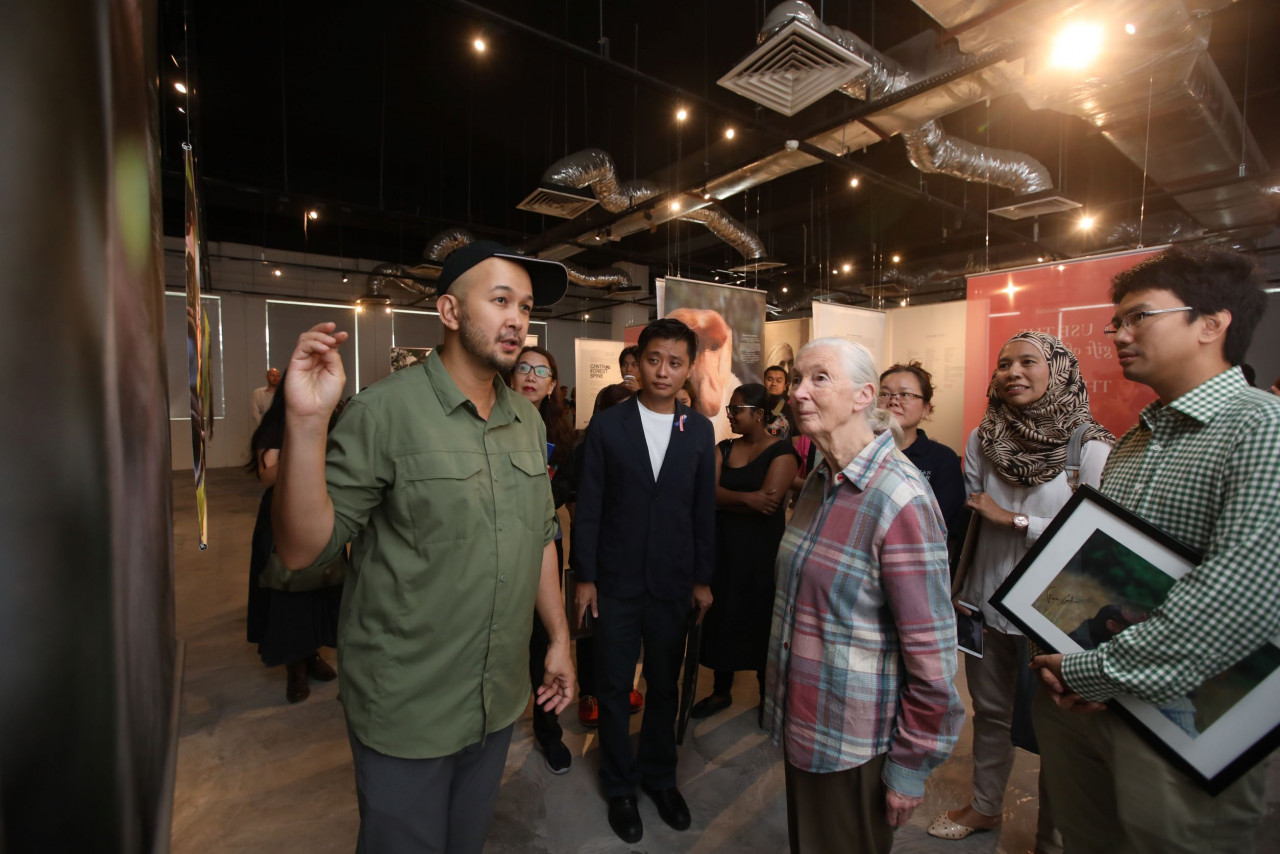
His primate photos were exhibited at Ruang by Think City in 2019. The exhibition, entitled 'Project Monyet', was officiated by world renowned primatologist Dr Jane Goodall. His photos have also been exhibited in International Forums such as Conservation Optimism and he most recently was invited to be a webinar panelist on Malaysian primate conservation organised by The Habitat Foundation.
Peter has also been invited to sit on the IUCN (International Union for Conservation of Nature) panel to formulate a National Action Plan for Gibbons (small apes) in Malaysia alongside key experts and players in the conservation and environmental field. His photography journey and his work with primates led him to be featured as one of August Man’s ‘Men of the Year’ in 2020.
Recently, he was invited to give a talk on Malaysia’s primates as part of the international panel at the 2021 Global Biodiversity Festival. 'Project Monyet' is currently being displayed at the Muzium & Galeri Tank Fauziah at Universiti Sains Malaysia in Penang from October-December 2021. He has also been invited to display one of his Dusky Leaf Monkey images at the current ‘LangUR' exhibition by the Penang State Museum and Gallery.
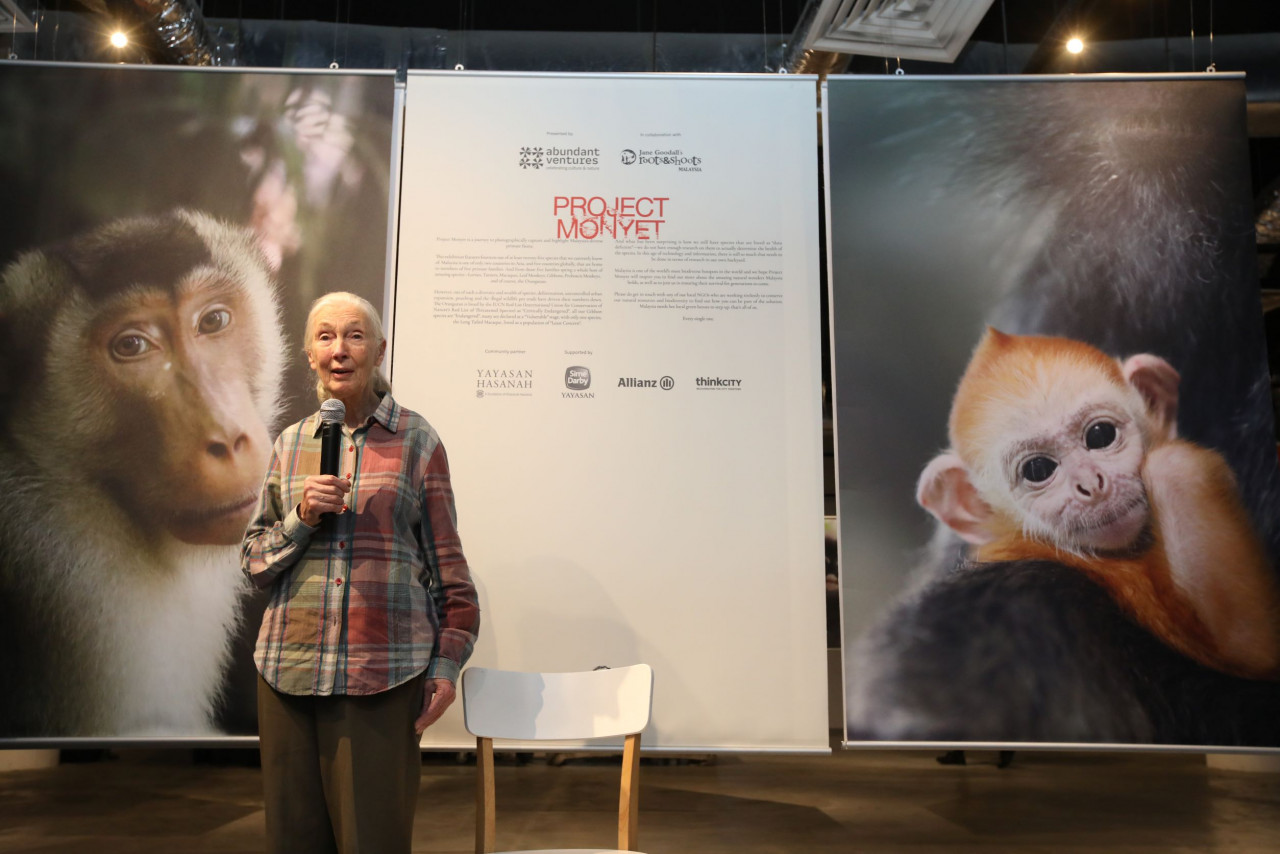
One of his images of a Siamang was selected to be the cover of the Asian Primates Journal in 2021. He has been invited by The Habitat Foundation to host a few episodes on avian life in cities on their ‘Backyard Birding’ series.
Peter was also recently featured on the ‘Layar Liar’ series which aims to spotlight people working on environmental issues in Malaysia. His avian and primate images have also been featured by Canon Malaysia on their social media feeds, as well as their annual corporate calendar.
The Vibes caught up with Peter in between his traipses into the wild to understand his photographic worldview and his love for his subjects.
The Vibes: Tell us how you first came to be involved in wildlife conservation, and how does that fit in with your career as a performing artist?
Peter Ong: I’ve always loved animals all my life – they’ve been a passion of mine from as far back as I can remember. My first choice of career in primary school was to become a zoologist! Of course, that was quickly discouraged – in those days, the only respectable career options were medicine, law, accounting, or engineering. Anything else was undesirable. Talk about the short-sightedness of a generation.
Anyway, even after my return to Malaysia after completing my law degree, I was always involved in rescuing abandoned animals; fostering kittens, puppies, bats, squirrels, and also raising funds for various animal welfare organisations. But even though I have always loved animals, I was rather ignorant of our wildlife for some reason.
Growing up, it just wasn’t highlighted. I had wanted to explore the wilds of Africa but the wilds of Southeast Asia never featured on that list. Until Dr Jane Goodall’s second visit to Malaysia when she asked me how the primates of Malaysia were doing. And that’s when it hit me like a ton of bricks.
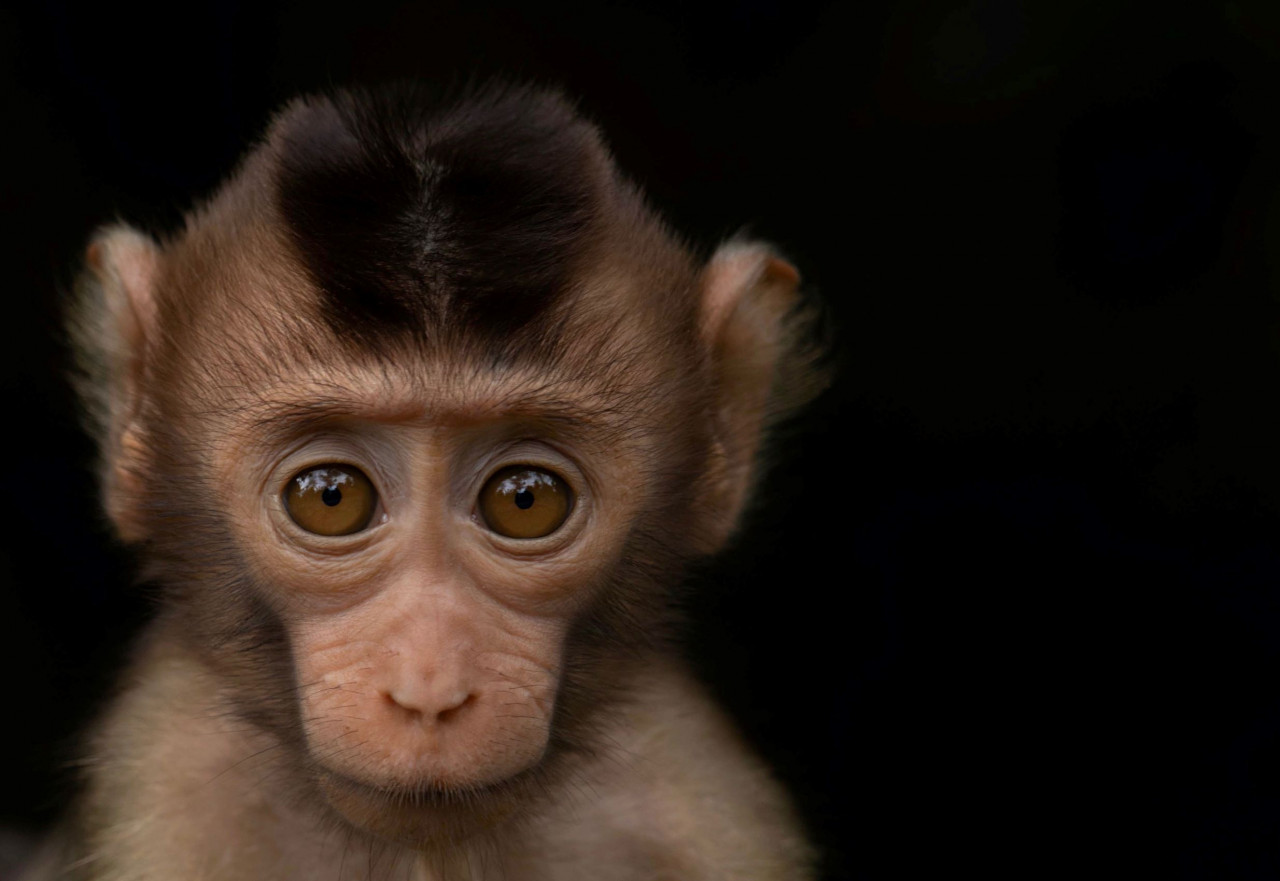
I knew nothing about the primates of Malaysia except that we had orangutans, long-tailed macaques, beruk, proboscis monkeys, and siamang. And that was the extent of my primate knowledge. I knew more about the chimpanzees and gorillas of Africa than the primates in my own country. Of course, I tried to say that I could find an answer on Google – we Malaysians are so tech savvy, we can have any answer to our questions in minutes. Of course, there were no answers to be found. Not even a definitive species count!
This was in 2017 – we were talking about taking on the world in 2020 (we all know how that turned out) but we still had no answers on what was in our own backyards. Absolutely shameful. After much searching and coming up empty-handed, I decided to find out for myself.
I got in touch with researchers, people on the ground who lived near these primates, and primate NGOs to learn more about these 26 species of primates that also call Malaysia home. I found out that there are still species that remain data deficient (no research done on them), some have very few images, and some had outdated research. And the one key factor across all these issues was the lack of awareness about their existence amongst the Malaysian public.
If you don’t even know that they exist, how can you possibly help? So I asked what could I contribute to this issue – how can I, a performing artist whose only dalliance with the sciences stopped at A-level Chemistry and Physics, help our NGOs and our primates?
They mentioned that pictures would help as they did not have the right camera equipment and they were too busy actually observing to be able to take useful images. I had always loved photography, I had some equipment, how hard could it possibly be? Famous last words of every fool… it is extremely challenging, to say the least.

Wildlife photography is such a niche aspect in the field of photography. You need specialised cameras and lenses to be able to take meaningful images. They weigh a tonne and can cost a kidney and a liver combined. Our jungles are unforgiving – steep slopes, wide ravines, fake ground, swampy rivers, thorny rattan vines, and not forgetting the army of the undead – that’s what I call the throngs of leeches that search you out with every step you take. Mosquitoes and no toilet facilities are the least of your concerns. Add to that the shyness of our wildlife who refuse to sit for nice images, and you have a perfect recipe for frustration and despair if you were faint hearted.
In a way, life as a performing artist gave me a unique set of skills to cope – I knew how to be present in the moment. The theatre is all about being absolutely mindful of everything you do and every emotion you feel. This practice rewarded me with many magical moments that I would have otherwise missed had I been too bothered about the external conditions. Being a performer also taught me to be meticulous and observant. We learn so much about human behaviour from what we see and experience – the same could be said of learning about nature. There is much to learn if only we actually observed wholeheartedly.
The theatre has also equipped me with stamina and persistence. We are a dogged people, especially musical theatre folks. We will willingly bash through hours of mind numbing vocal scales and weeks of body crushing choreography just to be able to master and execute a section with ‘ease’. Another career not for the faint hearted.
The numerous times I’ve had to ‘carry on with the show’ while turning green with nausea from food poisoning, or about to faint from a high fever, or having to sing while suffering acute laryngitis (but your ENT has nuked your vocal folds with enough steroids to create five incredible hulks), and once with a shattered knee cap. That determination has seen me through a few scrapes in the jungles.
And of course, the theatre equipped me with the love of learning. Every production that we embark on is a brand new beast, with different rules, different expectations, and different dynamics. There is always a learning curve – if you’re lucky, it’s not a steep one. I was once in a Mandarin musical in Singapore – but I had zero Mandarin (I had enough vocabulary to count from one to five – very tragic). I had huge chunks of monologues and music which I had five weeks to master. Now that is a PNB Tower of a learning curve. Everything after that was a breeze. With the exception of a piece of contemporary opera with atonal music – but that’s another discussion for another day.
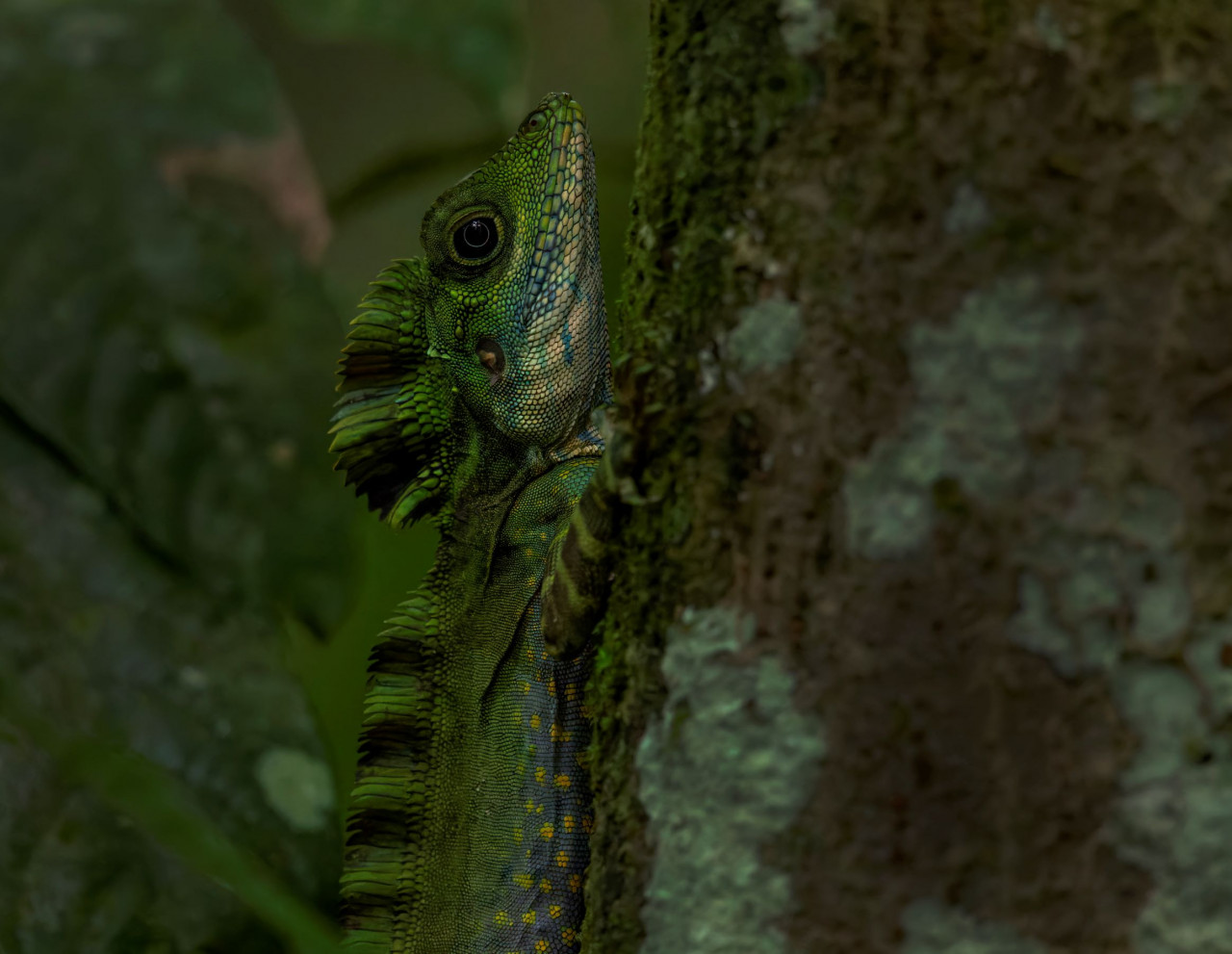
So these experiences set me in good stead to learn more, not just about the specialised skills of wildlife photography, but also about wildlife. I read every article and scientific journal I could get my hands on (which weren’t that many to begin with). I read up as much as I could to familiarise myself with my subjects and their habitats. All this because I had learned to love learning.
Photography was not something additional that I just stitched on to complement my existing set of skills. It became another part of my creative expression, another prism that I could utilise to channel my creative thoughts through. And during the times of the MCO, I was grateful for it. At a time when theatres were dead, photography and nature gave me wings. It kept my soul alive and nurtured.
TV: How do you manage to catch these amazing stills of animals in their natural habitat? What is your shooting strategy?
PO: I’m really grateful and joyful when people are able to experience the same amazement I feel when I encounter these amazing beings. It means I am able to share part of my experience in their company. But that is the end product, the image. What is not seen is the amount of work done in order to capture that split-second.
Firstly, before any shooting trip, you need to do some groundwork. You will need to learn about your subject, as much as you can. You cannot do justice to a subject you barely know anything about or care for. It is pretty much like how I would approach prepping for a production – I need to know what I am dealing with. I will need to learn everything I can about it so that I am able to catch a magical moment or two.
Yes, luck plays a huge role in any outing. You are at the mercy of nature’s whims and fancies. But a captivating image is usually only captured when luck meets the photographer’s reverence and knowledge of the subject. Pretty much like anything in life. Luck alone is insufficient – but luck and preparation combined... that’s how miracles are achieved.
So I will ask researchers questions, speak with my guides and the people who have had encounters before to learn of their experiences. It prepares me for the moment. Of course, nothing can truly prepare you for the moment when you come across another being in the wild, and especially one that you have never encountered before. But at least you will have a rough idea of what to expect and to better help you to compose your images.
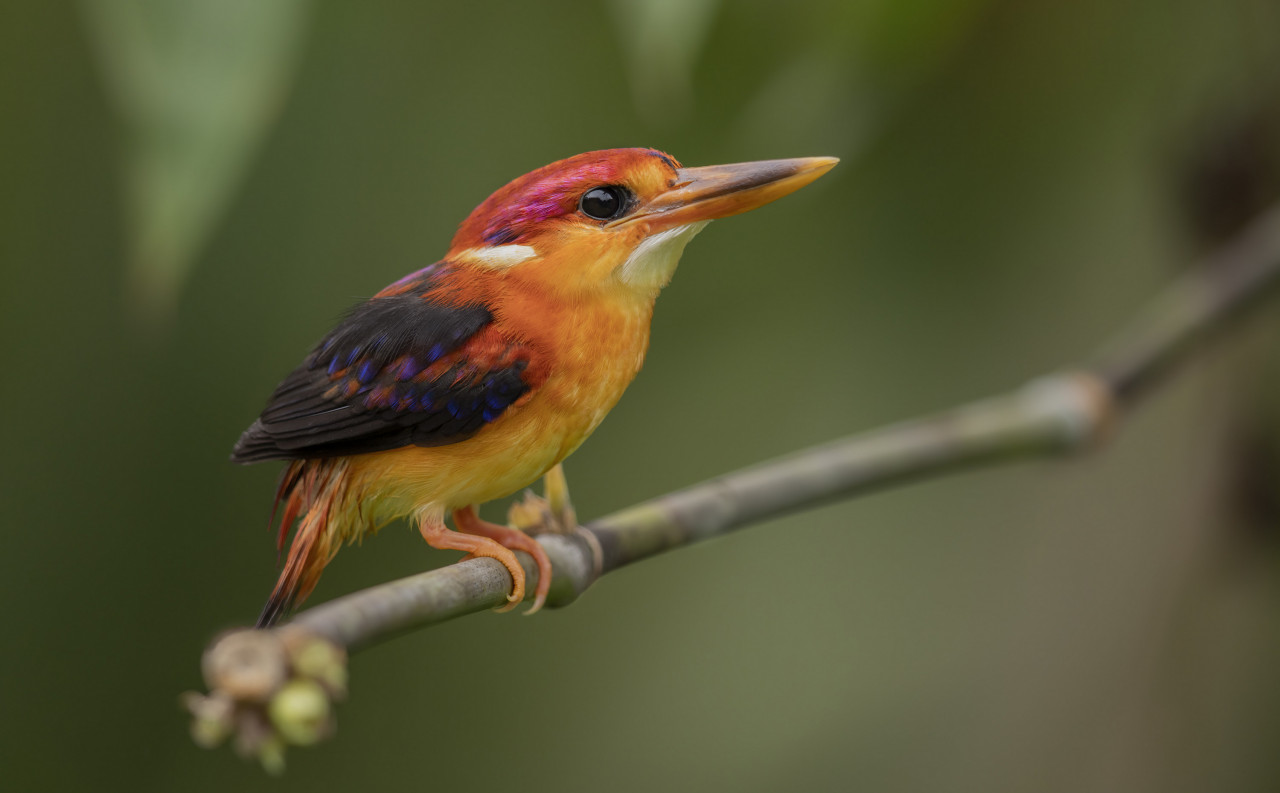
You will also need to understand the terrain of your subject. Does your subject live in the mangrove swamps or the montane rainforests? Is it a ground walker or a canopy dweller? Is it sociable or solitary? All these aspects will greatly influence your approach.
As I mentioned previously, our jungle terrain is unforgiving. So I will always need to look at what I pack, what equipment I need, and how I can minimise the load. In the humidity and heat of our forests, we can tire quickly especially when carrying cumbersome lenses and tripods. So I have learnt to do without a tripod in the jungle. I have learnt how to make my own body a natural tripod – thanks to years of dance classes and the training to control your centre of gravity. So it is just me, my DSLR, a prime lens, a tumbler of water, some snacks, and rain covers – getting wet is a given, keep your equipment and the Jacob’s crackers dry.
If it involves camping in the jungle, the guides and I will split the load. We carry in our cooking equipment and hammocks, food, and most importantly, a sense of adventure. There is something truly magical about taking a bath in a pristine river. The chilly waters that tighten every pore and perk you up quicker than any cup of coffee. The joy of plucking pucuk paku and other greens along the way to make into your next meal. Sleeping under the stars in your hammock with a cool breeze lulling you to sleep. And being woken up in the morning by the songs of a family of gibbons swinging over your head. And if you’re lucky, the whoosh of a hornbill’s wings as it flies overhead. Magical!
TV: You capture both wildlife and nature – but which do you prefer capturing – and why?
PO: They’re both different genres and bring about wonderful gratifications. Both leave you with a feeling of awe and wonder. Both also move and inspire. But to me wildlife goes one step further. Wildlife photography is essentially the preservation of a split second where two separate species share a moment. Where you earn the privilege of a glimpse into their thoughts, actions, and lives.
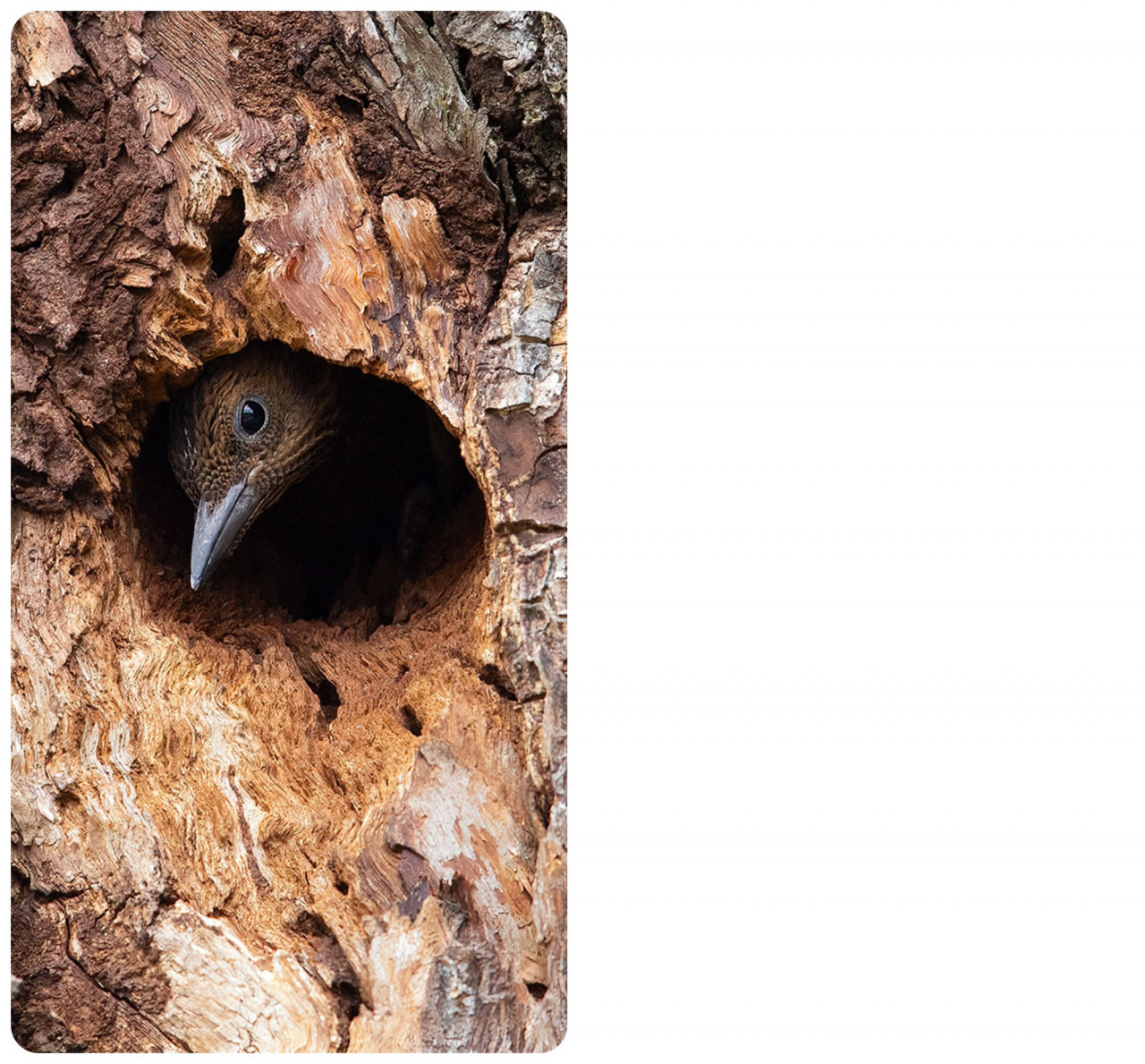
TV: Where is your favourite to shoot your subjects?
PO: Anywhere that is most comfortable for them. When your subject is at ease, they allow you a glimpse into their world, their thoughts, their feelings, their perceptions of the world around them. And beyond the magic of capturing an image is the wonder of two different beings sharing a moment in the same space and time, and in a way, a bond. That is the true miracle.
TV: What are some of the challenges of getting those perfect shots?
PO: There are varying levels of challenges. First, there is the terrain. Part of the amazing thing of the Malaysian jungles is the biodiversity – which also means that there is plenty to obscure your view. Then there is the weather. Perfect lighting conditions would be an overcast sky where everything is evenly lit. Those conditions are rare as we vacillate between sunny and rainy. Then there is the issue of the subject. For a country that is mega-biodiverse, it is a wonder that it is extremely difficult to actually come across our wildlife. They really do not enjoy being watched. Like siamang – you can hear their singing for miles, but you rarely get the chance to see them.
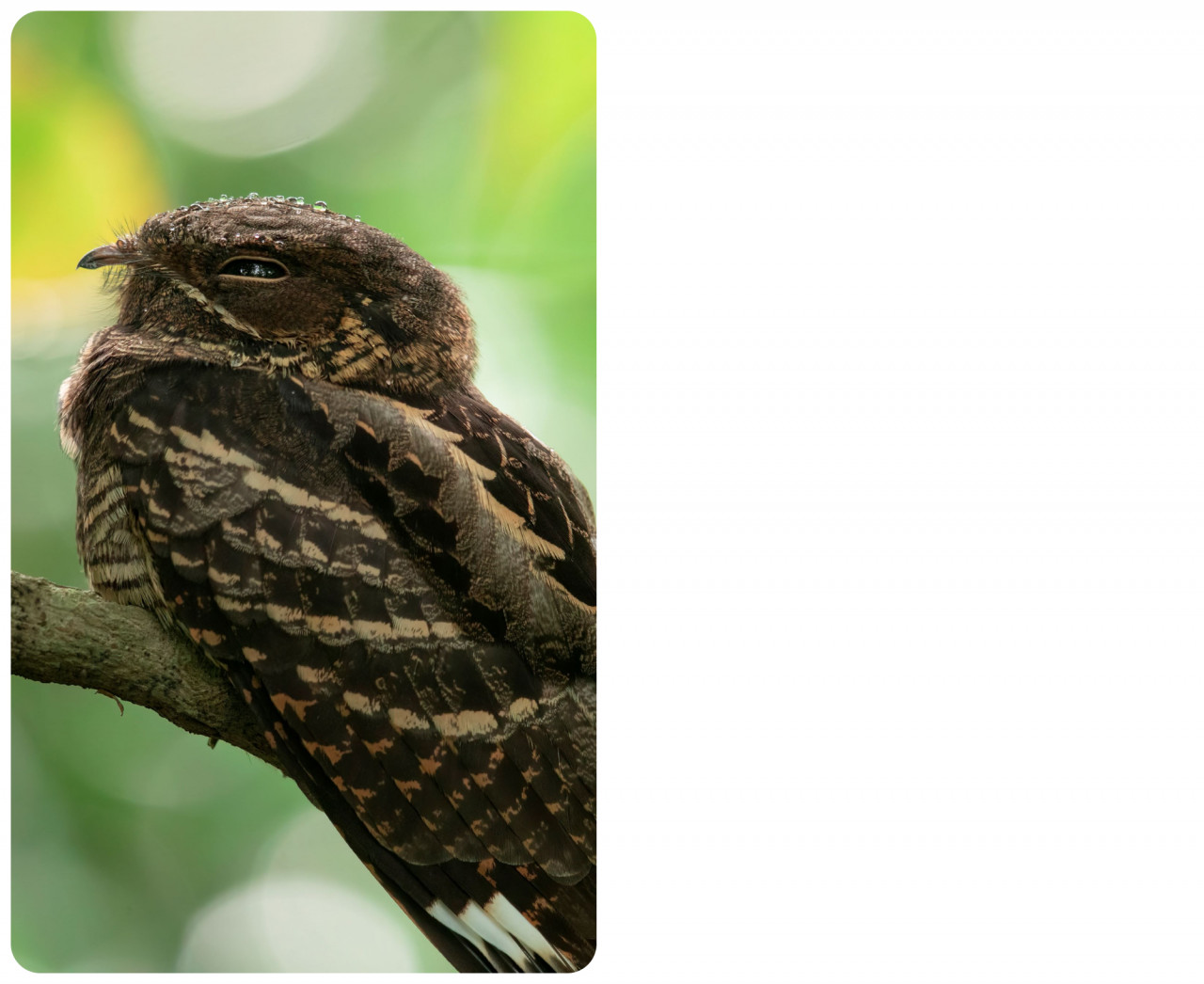
TV: Your photographs give us access to some amazing sights in our own backyard. Besides general interest and awareness, what are you hoping to achieve with your efforts?
PO: I think as a society we are still at that stage of generating interest and awareness, sadly. It is now more important than ever to inform and educate the public at large about what we have in our jungles and oceans before it’s too late. I know there are some who pooh-pooh the importance of outreach and education – but it is a huge problem when children think we have giraffes and zebras roaming our country (yes, this is real).
It is a huge problem when people think orangutans can be found in the peninsular (yes, this too is real). It is a huge problem that most Malaysians have never even seen nor are aware of at least 10% of our local flora and fauna. It means that species can literally go extinct and we would not even be aware of its plight and how that might affect us and future generations in the future.
.jpg)
When the last Sumatran Rhino passed away in Malaysia back in 2019, where was the outrage when they were down to the last 10? And now that we have effectively caused a species to go extinct in our land, what can we do to prevent other species from going down that same route? People don’t think that it can happen, but we are looking at the possible extinctions of the Malayan tiger, the siamang, the tapir, the seladang, and the pangolin. Not to mention the other insect and reptilian species as well as those in our rivers, lakes and oceans. Even our native trees are endangered, like the Damar Minyak and the Keruing Kertas.
Dr Jane Goodall made an observation, “The greatest danger to our future is apathy.” And that is what has been allowed to permeate through our society. Where rivers still get polluted by industrial waste and discharge. Where we continue to litter and leave waste all around waterfall areas and by the beaches. Where heaps of trash and unwanted objects are just hurled into the jungles to form piles of debris. And when people are hit by flash floods and landslides, we put on the broken record of how terrible it is – and then carry on, unchanging, as though it never happened. The lessons remain unlearnt.
So, while I would love for my images to be able to move those in the seat of authority to do more for the environment, I am even happier and more encouraged when they change the minds and hearts of the public. Even if they lead to just the tiniest spark of curiosity to find out more about our nation’s biodiversity, that is a far more encouraging disposition than apathy.
TV: Where has your wildlife photographer led you?
PO: It has truly been an adventure since 'Project Monyet' began. To have an amazing and inspirational human being like Dr Jane Goodall come to officiate it and to also discover more about Malaysian wildlife is such a dream come true. Then there have been the amazing opportunities and privilege to work with and become friends with many other like-minded people who are working tirelessly to do whatever they can to make a difference to our planet.
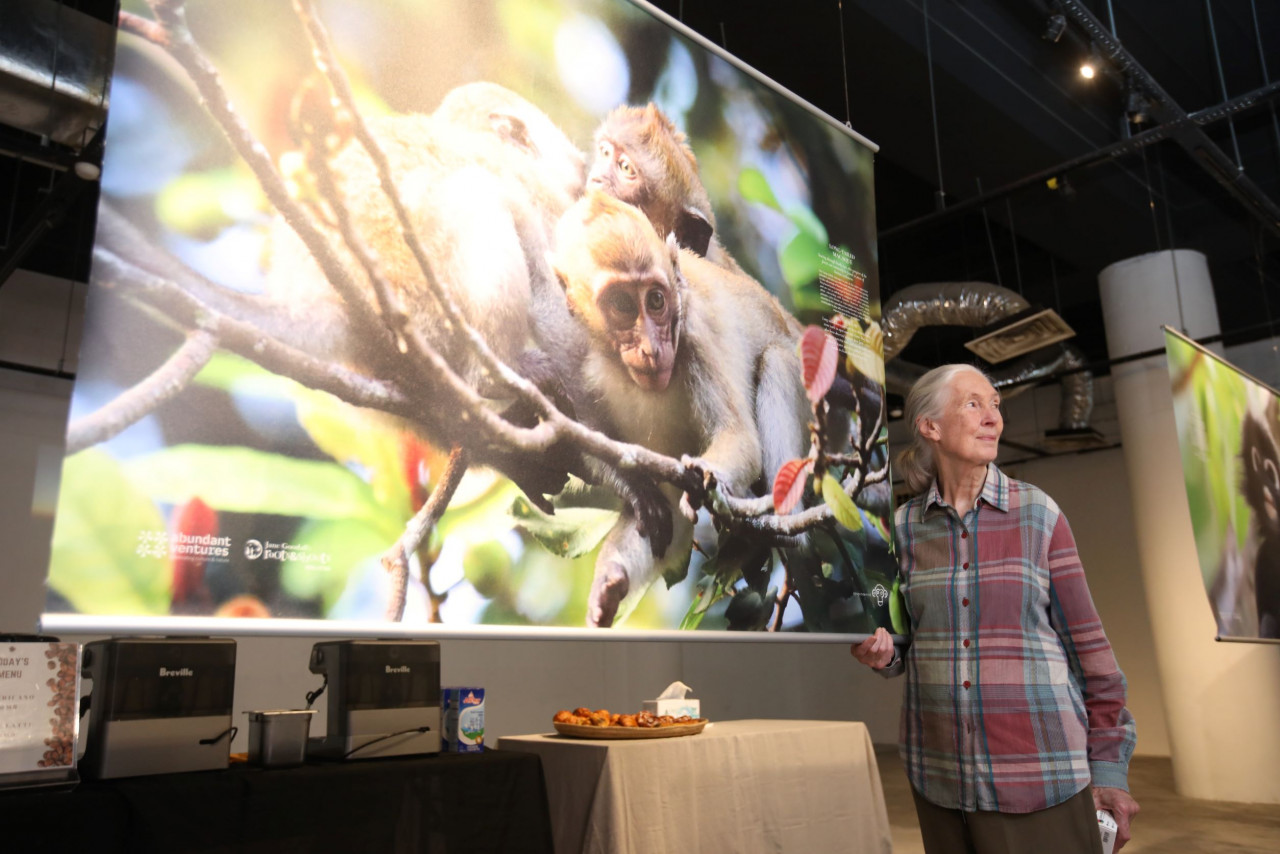
I’ve since been learning more, not just about the primates of Malaysia, but also the ecosystems that they depend on to survive. I have also been invited to give presentations on various aspects of Malaysian wildlife for local and international audiences as well as to promote the concept of citizen science.
TV: Has this led to anything actually being done to preserve and conserve?
PO: It has definitely led to more people volunteering with and donating towards primate NGOs. There’s a local saying ‘Sikit-sikit lama-lama jadi bukit’ – I believe we will get to a better place with regards to our care for wildlife and our environment but it needs to start somewhere. Malaysia has just updated the Wildlife Act to mete out stronger penalties as a deterrent to wildlife crime. And more citizens are now aware about the illegal wildlife trade. So we are getting there – slowly but surely.
TV: Which photographers influenced you and how did they influence your thinking, photographing and career path?
PO: There are so so many. Of course the early Nat Geo documentaries were always something that inspired and excited me. The iconic work of photographers like Hugo Van Lawick and Michael Nichols brought nature and wildlife into our living rooms. There are other photographers whose works I admire including Marsel van Oosten, Tanto Yensen, Ami Vitale, David Yarrow, Tim Laman, Frederico Veronesi, Tin Man Lee – closer to home there are other amazing photographers like SC Shekar, Chien C. Lee, Cede Prudente, Jamil Mat Isa, Stephen Hogg, Husni Che Ngah, Sanjitpaal Singh, and more.
It’s an absolute pleasure to be able to look at the world through their eyes and lenses. There’s always an element of surprise in their works and also they manage to convey a sense of wonder and beauty.

I also draw inspiration from artistes. Van Gogh, Monet, Yayoi Kusama – they have such a beautiful way of seeing nature and the world. Colour, texture, ambience – their works just transport you to wonderful places. In Malaysia, Choo Beng Tiong’s watercolour paintings of nature are just mind-blowing. So much inspiration that just keeps motivating me to push my boundaries.
TV: Exactly what do you want to say about your photographs, and how do you actually get your photographs to do that?
PO: I would like the viewer to experience the same awe and wonder that I experience in that moment. That point of connection. A shared moment. A silent observation. And so I try to just be in the moment – nothing is forced, coerced, or put on. No artifice. Just two beings in a natural environment sharing a private moment which I hope to share with the viewer. That mutual feeling of discovery. For just as I am curious about the subject, so is my subject usually curious about me too.
TV: What would you say is your career path now – from a hobbyist to actually doing it full-time, or more seriously? Is this the thing that sustains you, for a living?
PO: I’ve been very blessed that I have been able to sell my photos and that I am also able to work on projects that are directly related to my passion for wildlife and photographing them. I think while theatre is taking some time to come back, I have been very fortunate to have been able to channel my creativity and passions elsewhere and to be able to draw an income from it. I guess I’ve gone from a hobbyist to an activist – although I know it’s a dirty word for some. But I do not see the shame in it. You have to stand for something or you’ll fall for anything. And in the words of Dr Jane: The least I can do is speak out for those who cannot speak for themselves.
TV: What technology, software, camera gear do you use to keep focused on what you do best, as you photograph?
PO: A huge majority of my gear is second hand. By the time I go out into the jungle and get things knocked, scratched and chipped, it’s better for my heart knowing that I bought the equipment at a considerable discount. I’ve learnt that you don’t need state of the art equipment to produce a moving image. Besides camera equipment, there’s also other bits of gear like hides, camera protection gear, proper shoes and clothes for the jungle. All that actually is just as crucial as your camera equipment. And of course, if you take RAW format images, you have to learn to process them with the right software.
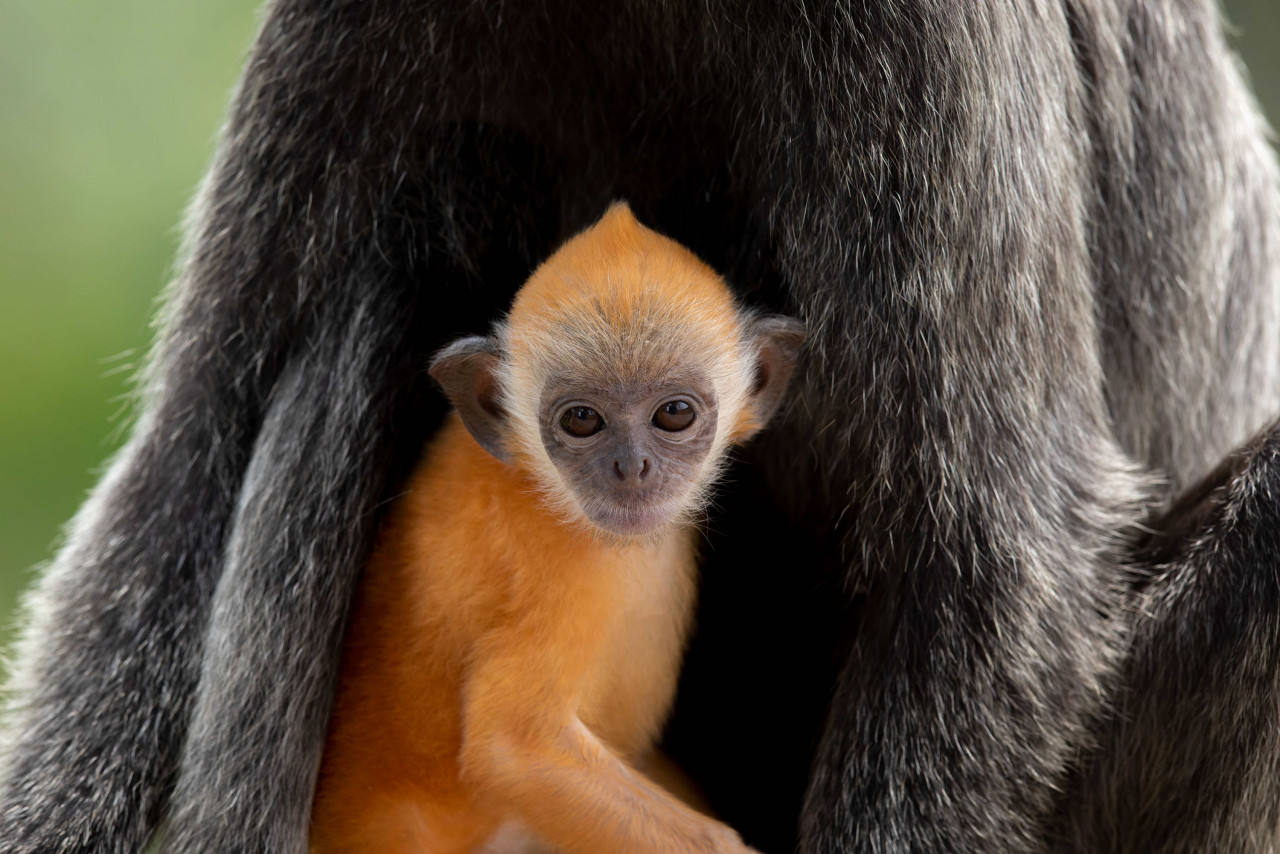
TV: When out in the jungle, what equipment do you bring with you? What do you do in inclement weather?
PO: The right shoes, backpack, water bottle(s), raincoat, rain cover for camera and bag, spare camera batteries, mosquito repellent, change of shirt. Because there’s nothing worse than getting drenched and sitting in drenched clothes for hours.
TV: What motivates you to continue taking pictures?
PO: No two moments in nature are ever alike, and so I enjoy documenting those moments. I guess, in a way, it’s my diary – a visual journal of my time spent with these amazing creatures. And I also want to give these creatures not just a voice, but also a face for people to see. And perhaps to show people why they are worth protecting. One of Dr Jane’s quotes still motivates me to do this everyday: What you do makes a difference, and you have to decide what kind of difference you want to make.
TV: How do you get paid to do what you want with your photography?
PO: The traditional route used to be to get paid for your images. But I have been fortunate enough to find work with NGOs and to work on projects that pertain to wildlife and images of wildlife.
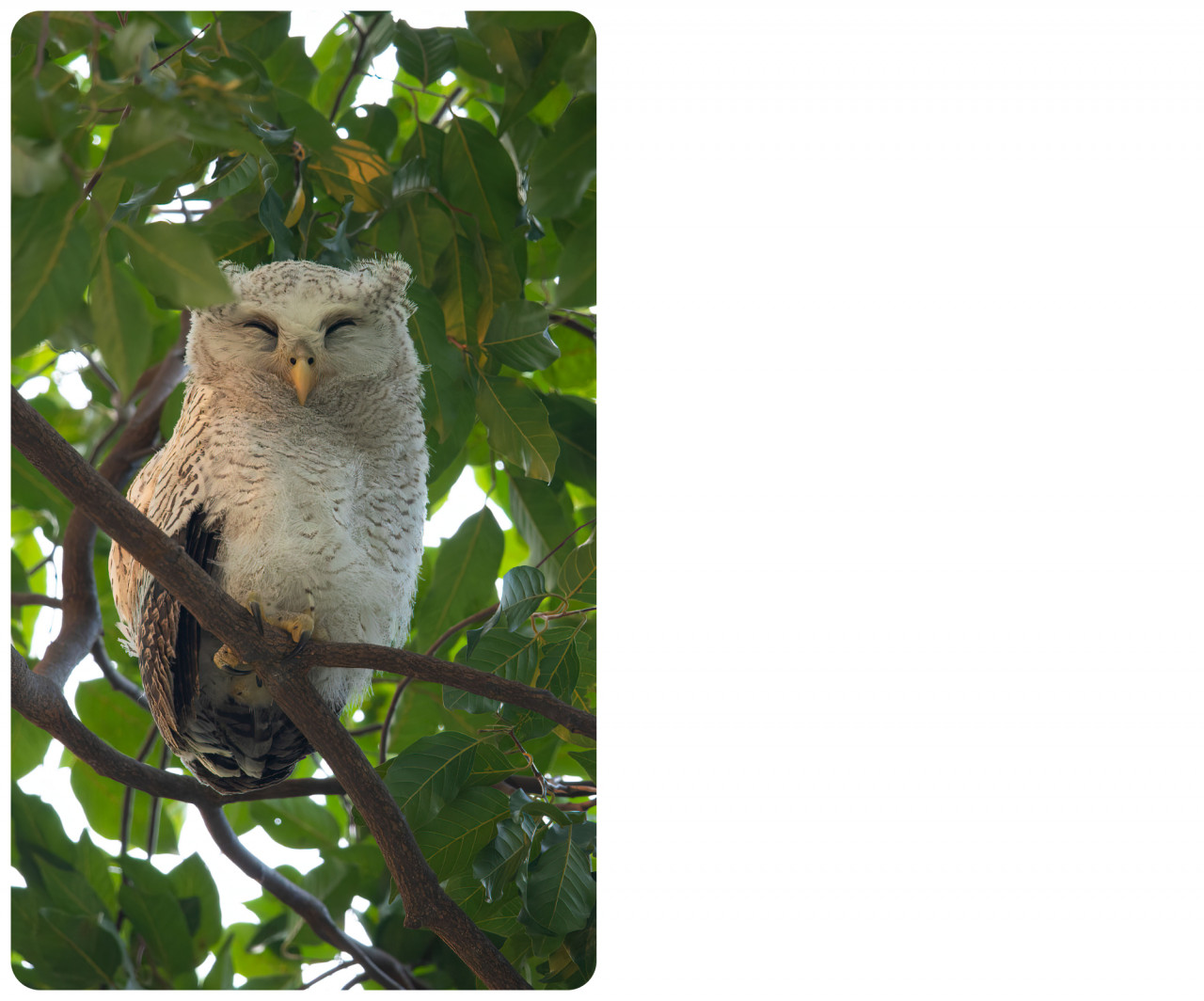
TV: What would your advice be to aspiring wildlife photographers?
PO: Keep learning. This is one of those things that require you to not just keep abreast with technology but also with scientific discoveries. Seek out advice from other photographers – learn how they perceive things and their thought processes about artistic creation and vision. And most of all, have fun. You cannot take a good image of a subject you do not enjoy. – The Vibes, November 7, 2021
Peter Ong is a board member of Roots & Shoots Malaysia and is one of the mentors of the Roots & Shoots Malaysia Award (Rasma) program, where he interacts with and encourages youths to get involved with Malaysian NGOs to be a part of the solution to the issues faced by wildlife, society and our environment. Peter is currently working on a new project with Roots & Shoots Malaysia entitled Eko-Eko which will feature the wildlife of the Asia Pacific region. This online gallery and resource hub will launch officially in January 2022.





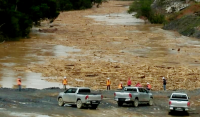
.jpeg)
